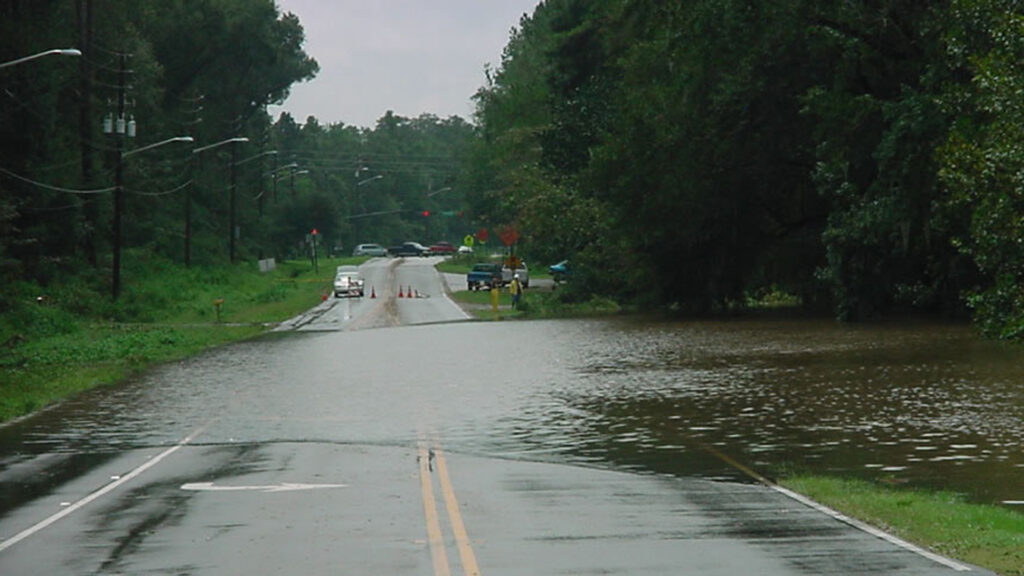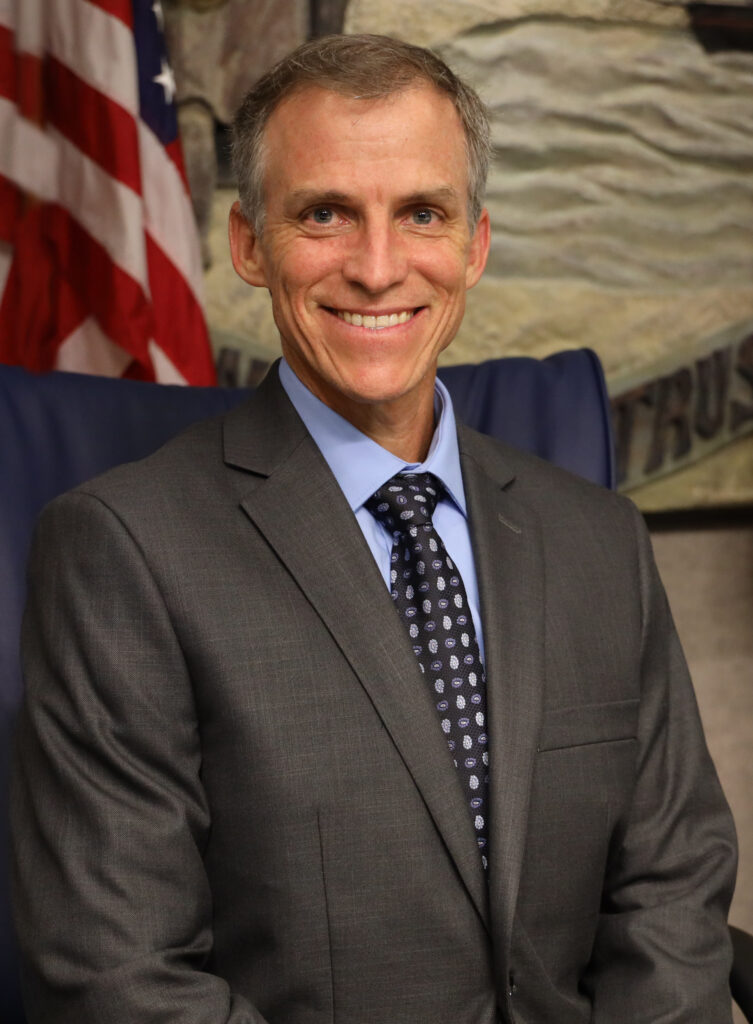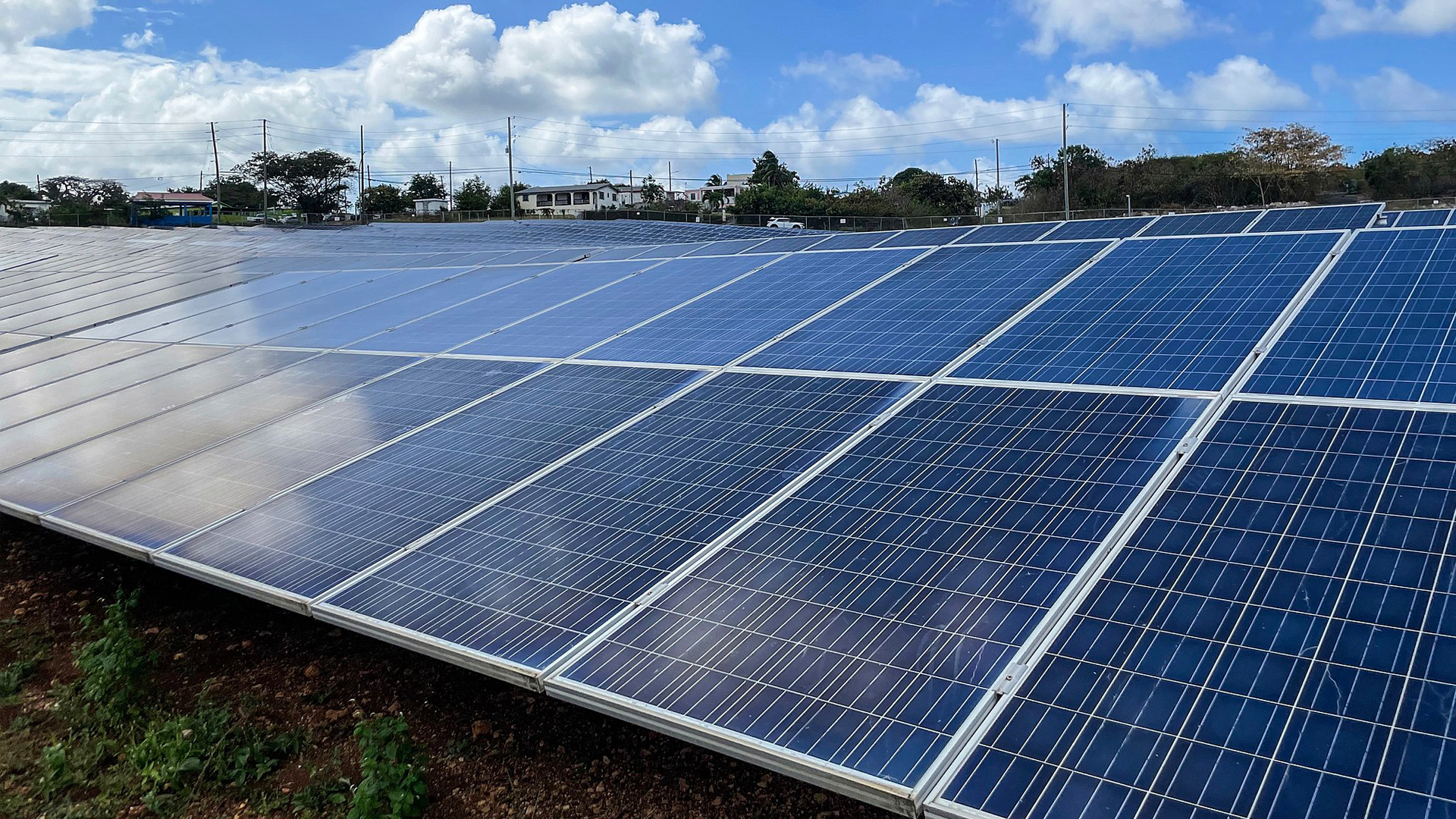By Betsy Riley and Stephen Hofstetter, Alachua County
Mark your calendars: Friday, June 2, is the Alachua County Climate Fair!
Alachua County (home of the Gators) has commissioned a climate vulnerability analysis to help us understand what we, a landlocked county in north central Florida, can do to prepare for climate change. The focus of our event is hope, building resilience and making connections between those already working on climate change in our county and surrounding counties.
The county hired Jones Edmunds to complete a climate vulnerability analysis, with the final results expected this summer. The analysis is helping us identify critical infrastructure, neighborhoods and water, natural and cultural resources that may be at risk by 2040, 2070 and 2100.

The preliminary results of our vulnerability analysis modeling is showing that we could see an increase of 18 more days a year with a Heat Index over 85 by 2040, and increasing to 50 days a year by 2100. This will lead to higher energy bills, increased heat stress on outside workers, significant yield reduction on crops (particularly corn and eventually beans), stress on our livestock and stress on our springs, lakes and other natural areas. These results are similar to what other vulnerability analyses are showing in other parts of the state.
As an inland county, some of our plans for building resilience look more like climate preparation in America’s heartland than the work of our coastal Floridian neighbors. Alachua County’s residents, farmers and ranchers (as well as our water and natural resources) are going to feel the impacts most keenly.
Our weather is expected to fluctuate between short bursts of heavy rain and long periods of drought, forcing us to prepare simultaneously for more flooding and the impacts of drought such as more wildfires and declining crop yields. Increased flooding and longer droughts are also expected and will also increase the risk of property and infrastructure damage, decrease the availability of our water supply and mean additional days when we are under a high wildfire risk.

At the same time, we’re keenly aware that Alachua County is not, for lack of a better word, an island. While we’re working to preserve and protect our communities, agricultural land and wild spaces. We also know that when a hurricane hits Fort Myers or Orlando, residents turn to Alachua County as a safe place, and we have a robust emergency services plan in place that has served us well through many storms. But as these storms get stronger and deadlier, we’re beginning a conversation about what kind of capacity we’re going to need to protect both our own community and our Florida neighbors seeking safety at our doors.
Populations are growing across Florida, but our models suggest that Alachua County will see 20,000 to 25,000 new residents on top of that expected population growth by 2100. These are both internally displaced people (current Floridians) and climate refugees (international migrants) moving here because their current homes are no longer inhabitable. These wouldn’t be temporary visitors, but long-term residents who will need housing, food and jobs. While that may seem like a slow day in Miami-Dade, that’s almost a 10% increase for our little county.

This human migration is where Alachua County and coastal Florida climate impacts intersect: As sea levels eat away at coastal homes and southern cities become too hot for more vulnerable residents, many will turn to Alachua County as a safe place that keeps them close to friends and family. For us, that means that our human systems — where we get our food, how accessible housing is and where we place our emergency services — is just as critical in our climate planning as our planning for wildfires and flooding.
So, I turn the question to you, coastal Florida: Are you keeping Alachua County in mind when you’re thinking about the future? If you are, come to our Climate Fair on June 2 and tell us about it. See what we’re doing. Help us prepare. With a little planning and a whole lot of hard work from Alachua County residents, weathering climate change will make our community stronger and more resilient.
Betsy Riley worked six years in the frozen north with the U.S. Department of the Interior before moving to sunny Florida in 2021. She is in her first year as sustainability manager for Alachua County with the Sustainability, Equity, and Economic Development Strategies (SEEDS) Office.
A native Floridian, Stephen Hofstetter worked six years for the Miami-Dade County Department of Environmental Resources Management and the last 20 years with the Alachua County Environmental Protection Department (EPD). He has been the director of EPD since 2020.
If you are interested in submitting an opinion piece to The Invading Sea, email Editor Nathan Crabbe at nc*****@*au.edu. Sign up for The Invading Sea newsletter by visiting here.



